
5 Warning Signs of a Dangerous Stroke and the 4 Groups Most at Risk
Stroke is one of the leading causes of death and disability worldwide. It occurs when the blood flow to a part of the brain is disrupted, leading to the sudden loss of brain function. Understanding the early warning signs of a stroke and recognizing who is at the highest risk are essential for preventing long-term damage or even death. Here are five warning signs of a stroke and the four groups of people who are most at risk.
1. Sudden Numbness or Weakness on One Side of the Body
One of the most common signs of a stroke is sudden numbness or weakness on one side of the body, especially in the face, arm, or leg. A person might feel as if they are unable to move their limbs or if one side of their face droops. If a person experiences any of these symptoms, it’s crucial to seek medical help immediately. This sign typically occurs when the brain’s blood supply is blocked, causing the affected side of the body to lose function temporarily or permanently.
2. Difficulty Speaking or Understanding Speech
Another red flag of a stroke is difficulty speaking or understanding speech. A person may slur their words or have trouble articulating sentences. They may also be unable to understand simple speech or instructions. In some cases, speech may become garbled, or the person may lose the ability to communicate effectively. This occurs because the stroke affects the areas of the brain responsible for language processing. If someone experiences these symptoms, it's essential to act quickly.
3. Sudden Vision Problems
Stroke can also cause sudden vision problems. This might include blurry vision, double vision, or the loss of vision in one or both eyes. Vision problems that come on suddenly are often a result of a stroke impacting the part of the brain responsible for visual processing. If someone experiences a sudden loss of vision or sees double, it’s important to seek medical attention as soon as possible, as prompt treatment can make a significant difference.
4. Severe Headache with No Known Cause
A sudden, severe headache is another common symptom of a stroke, especially if it is accompanied by nausea or vomiting. The headache may be the result of a hemorrhagic stroke, where a blood vessel in the brain bursts. This type of stroke can cause a sudden increase in pressure within the skull, leading to a painful headache. If the headache is sudden and intense, it is critical to seek immediate medical care to rule out a stroke or other serious conditions.
5. Sudden Trouble Walking or Loss of Balance
Another warning sign of a stroke is sudden difficulty walking or loss of balance. The person may feel dizzy, uncoordinated, or as if they are unable to stand up or walk properly. A stroke that affects the brain’s motor control center can impair coordination, leading to these symptoms. If someone suddenly feels off balance or loses their ability to walk properly, it’s important to get them medical attention right away.
4 Groups at Higher Risk for Stroke
1. Older Adults
Age is a significant risk factor for stroke. People over the age of 55 are at a higher risk of experiencing a stroke. As we age, the blood vessels become more susceptible to damage and narrowing, increasing the likelihood of blockages that can lead to a stroke. Additionally, older adults are more likely to have underlying health conditions, such as high blood pressure or diabetes, that increase the risk of stroke.
2. People with High Blood Pressure
High blood pressure, or hypertension, is one of the leading causes of stroke. When blood pressure is consistently high, it puts extra strain on the blood vessels, which can lead to their weakening or rupture. People with uncontrolled hypertension are at a significantly higher risk of experiencing a stroke. Regularly monitoring and controlling blood pressure through medication and lifestyle changes can help reduce this risk.
3. People with Diabetes
Diabetes increases the risk of stroke due to its impact on the body’s blood vessels. High blood sugar levels can damage the blood vessels over time, making them more prone to blockages. People with diabetes often have other risk factors for stroke, such as high cholesterol or high blood pressure, further increasing their chances of a stroke. Properly managing diabetes through diet, exercise, and medication can help reduce the risk of stroke.
4. People with a Family History of Stroke
Genetics can also play a significant role in stroke risk. People with a family history of stroke are at a higher risk themselves. If a close relative has had a stroke, the individual is more likely to experience one as well. While genetic factors cannot be changed, people with a family history of stroke should be particularly vigilant about managing other risk factors, such as maintaining a healthy lifestyle, controlling blood pressure, and avoiding smoking.
Conclusion
Stroke is a medical emergency that requires immediate attention. Recognizing the warning signs—such as sudden numbness or weakness, difficulty speaking, vision problems, severe headaches, and trouble walking—can save lives. Additionally, knowing the groups most at risk, such as older adults, those with high blood pressure or diabetes, and individuals with a family history of stroke, can help people take preventative measures to reduce their risk. It’s essential to seek medical attention immediately if any of these symptoms arise. Early intervention can dramatically improve outcomes and prevent long-term damage.
News in the same category


The Harmful Effects of Squatting Over a Toilet 🚽

Rare Body Features That Show Just How Incredible the Human Body Is

Proven Health Benefits of Dates

Man Suffers a Stroke from Bathing After a Meal: 3 Things You Should Never Do

Waking Up at Midnight: Husband Complains of a Headache, Wife's Quick Thinking Saves His Life

Doctors finally reveal the BENEFIT of one egg a day

Largest-Ever Individually Randomized Trials Show High-Dose Flu Vaccines Reduce Hospitalizations
In short, these studies suggest that a stronger flu vaccine does far more than ward off seasonal sniffles—it can save lives, ease pressure on hospitals, and even protect the heart.
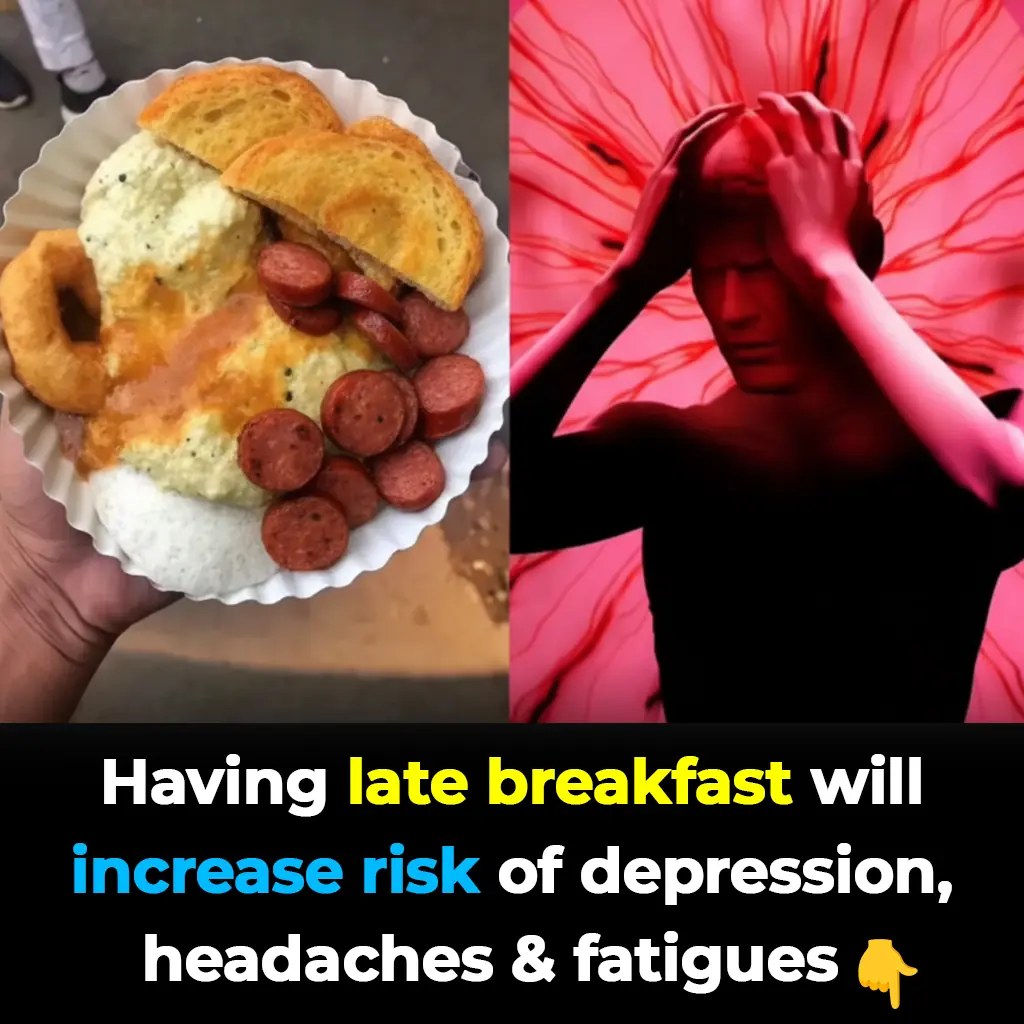
Eating Breakfast Too Late May Shorten Your Life: New Study Reveals a Hidden Risk for Older Adults
A new long-term study has raised alarm bells about something many of us overlook: the timing of breakfast. For older adults, pushing the first meal of the day later into the morning could be more than a habit — it may signal deeper health problems and i
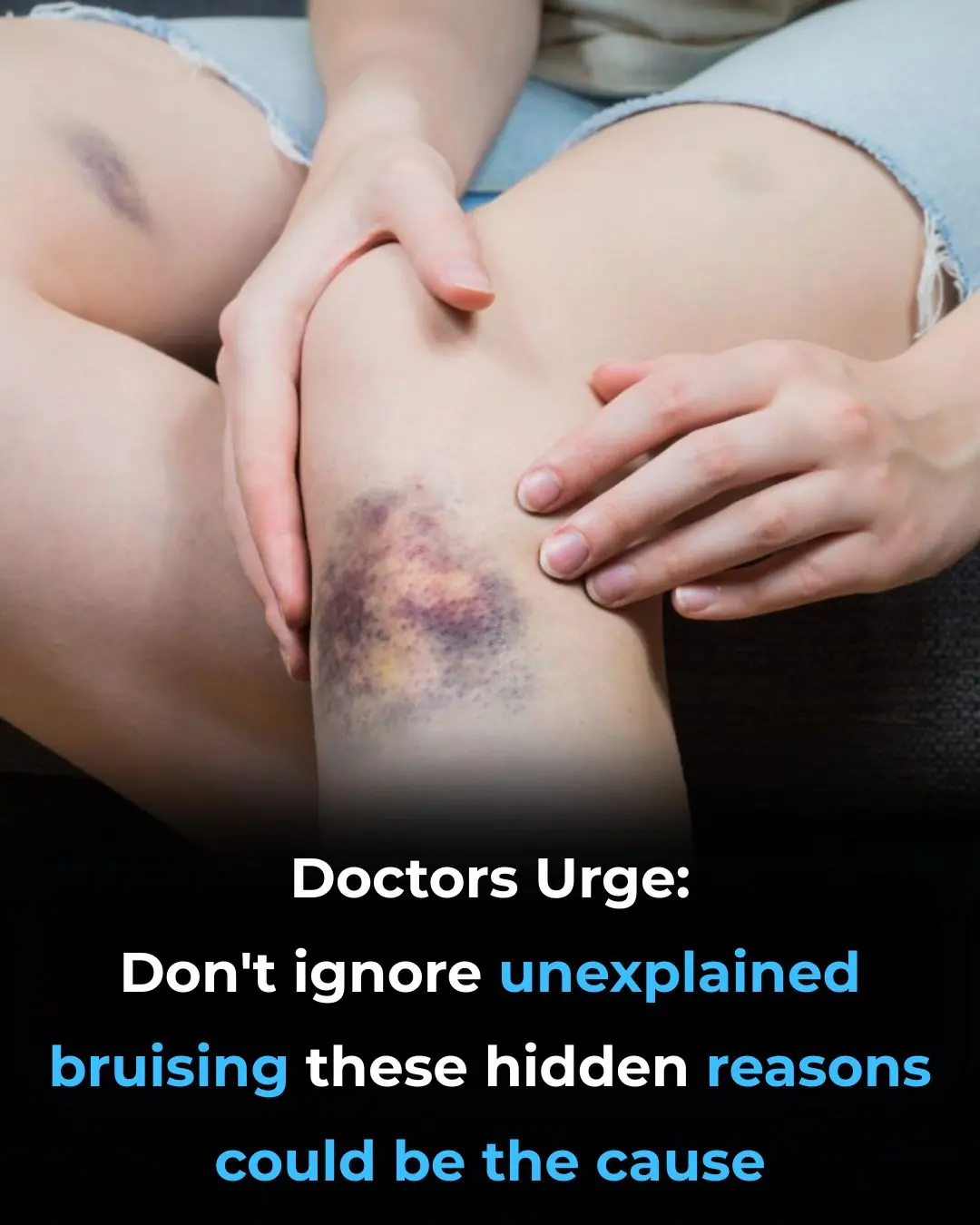
Unexplained Bruising on Your Body: Causes and Treatments

7 Resistance Band Ab Moves That Torch Belly Fat and Build Core Power
This variation transforms a simple bridge into a powerhouse move, strengthening not only your glutes but also your deep core muscles, lower back, and hip stabilizers.

8 Superfoods That Naturally Lower Cholesterol and Protect Your Heart
It’s about making gradual, sustainable swaps—cutting back on processed foods, replacing saturated fats with healthier ones, and prioritizing fiber-rich, nutrient-dense ingredients.
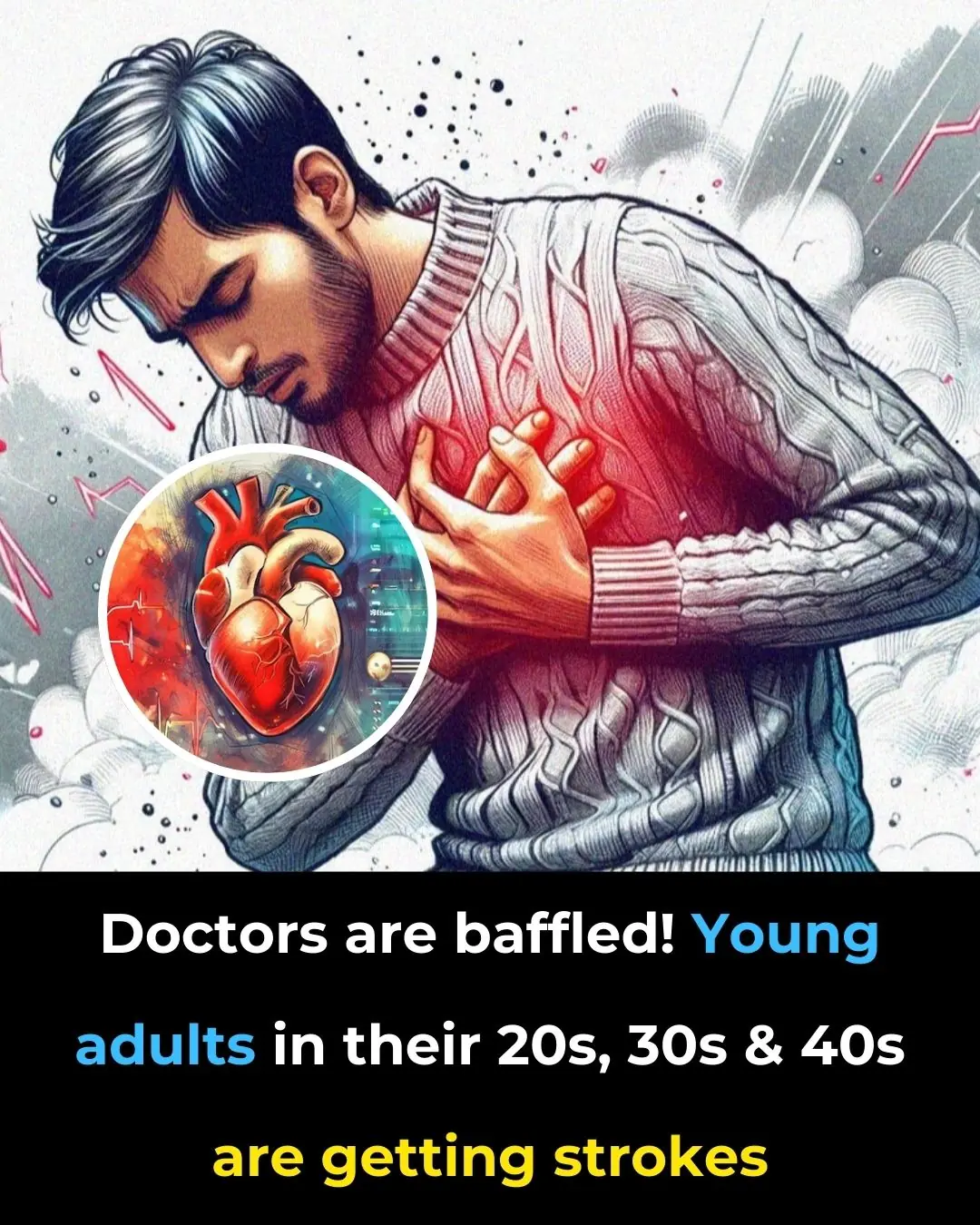
10 Life Saving Tips for Lowering Stroke Risk & Early Signs of Stroke

Proven Health Benefits of Eating Eggs Based on Evidence
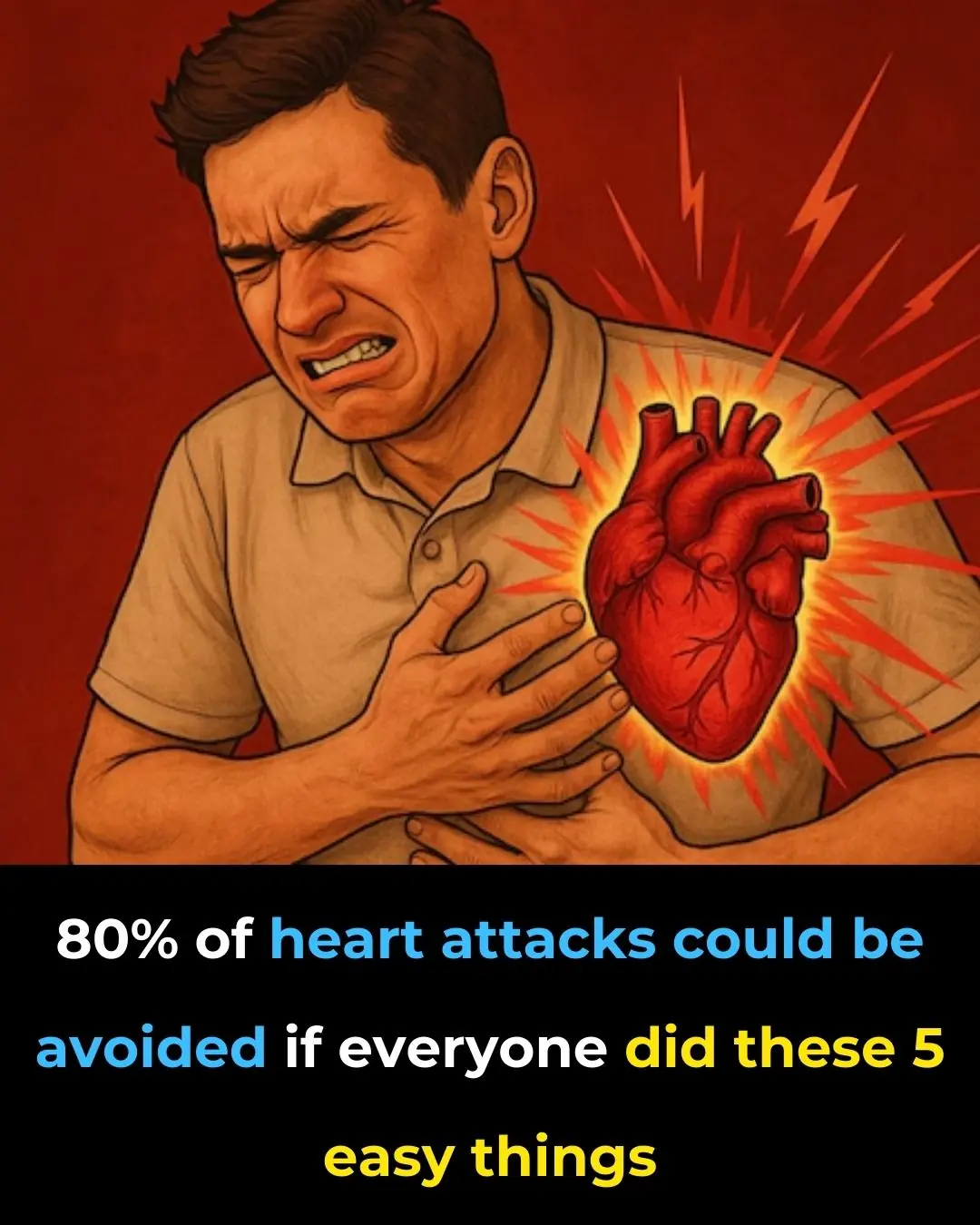
80% of Heart Attacks Can Be Prevented—Just Do These 5 Easy Things
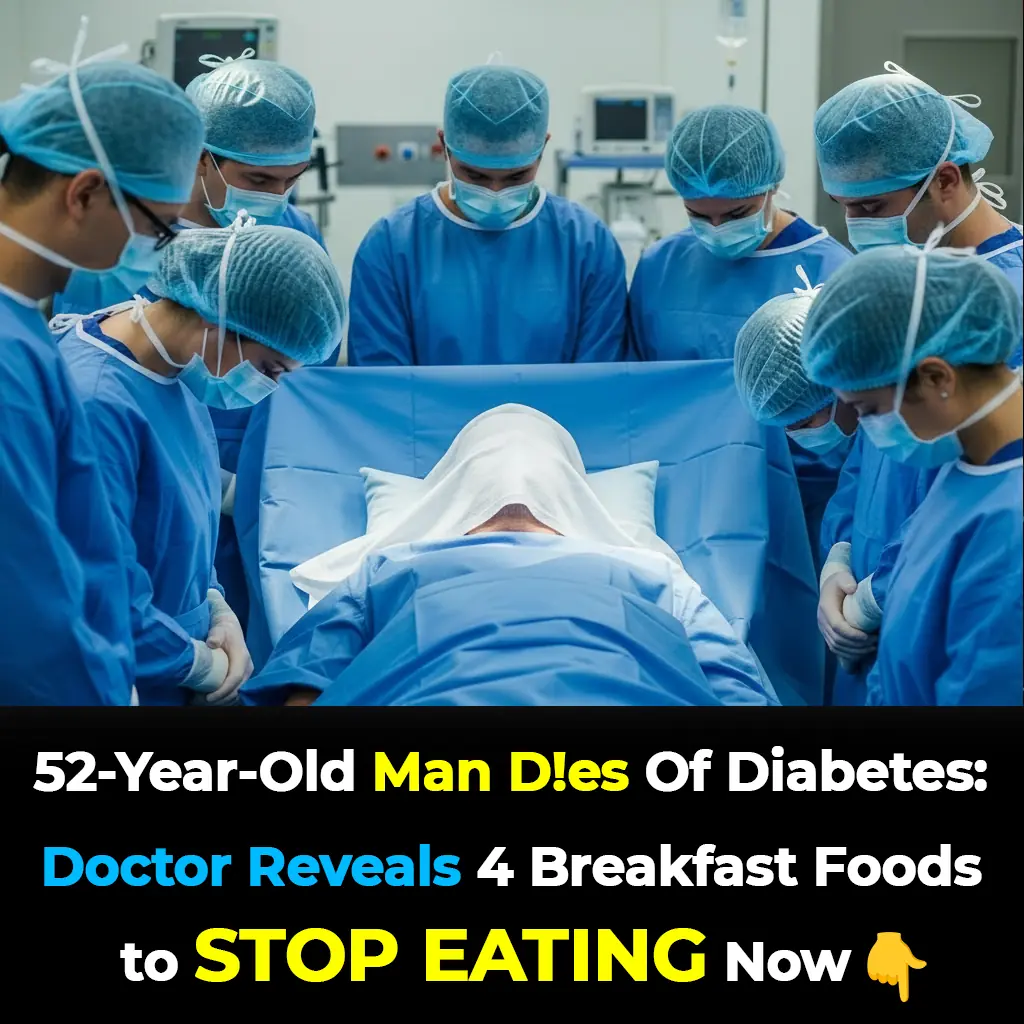
52-Year-Old Man Dies From Diabetes—Doctors Reveal 4 Common Breakfast Mistakes That Can Wreck Your Blood Sugar
He thought he was strong and healthy, but one morning at work, his body gave in without warning. By the time he reached the hospital, it was too late. His story serves as a chilling reminder that what you eat for breakfast could quietly determine your ris

4 Silent Eye Changes That Could Signal Hidden Cancer — Don’t Ignore These Red Flags
Your eyes do more than reflect emotions; they can also reveal critical clues about your overall health. Subtle changes in appearance, color, or vision may sometimes be early warning signs of dangerous cancers developing elsewhere in the body — long befo

Husbands With These 2 Bad Habits May Put Their Wives at Higher Risk of Breast Cancer - Stop Them Now Before They Harm The Whole Family
The influence of a husband’s habits on his wife’s well-being is far greater than many couples realize. Small daily choices — whether neglecting exercise or lighting a cigarette — can quietly accumulate into significant health risks over time.
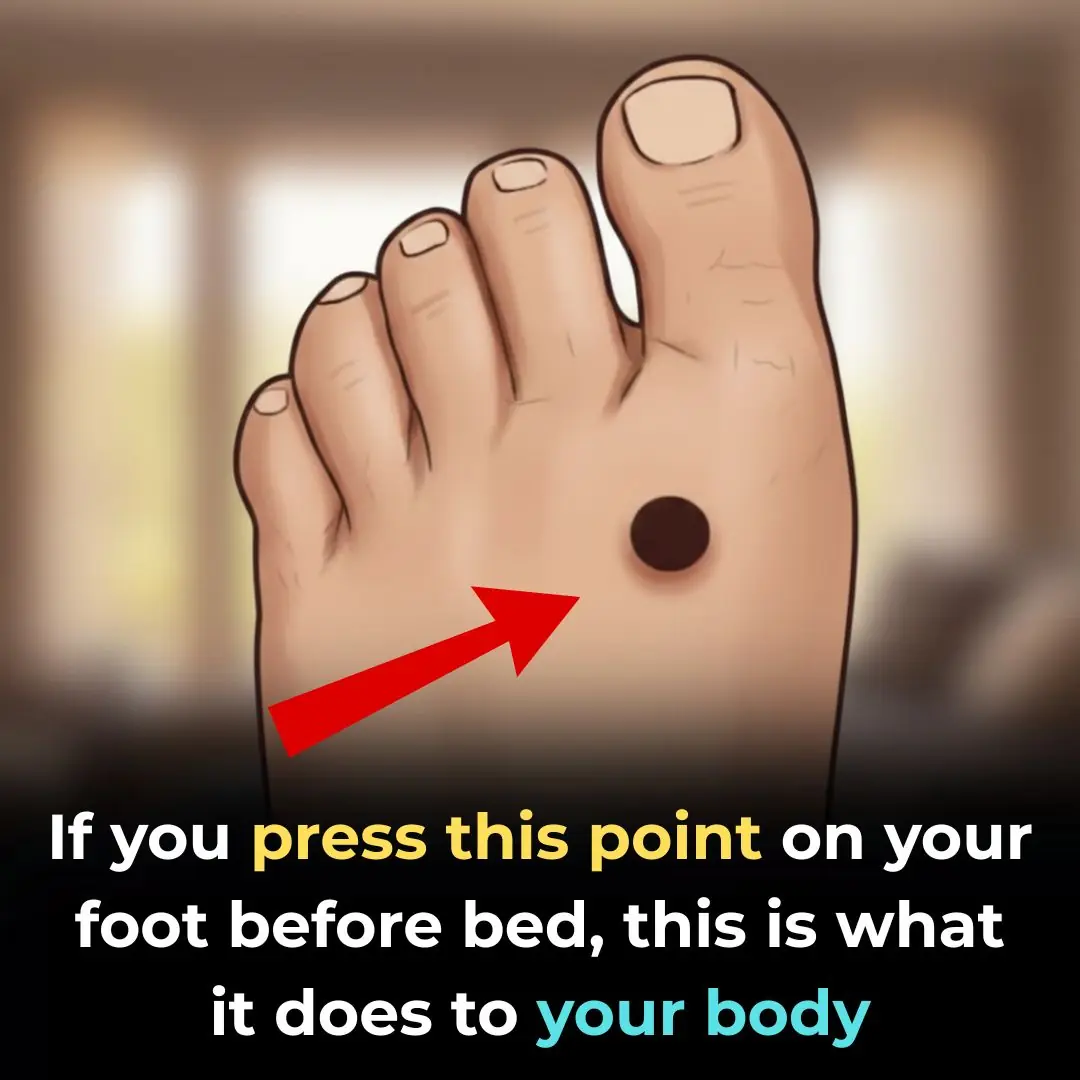
Press These Points for Wherever You Have Pain – Every Body Part is Linked to Your Palm and Foot
News Post
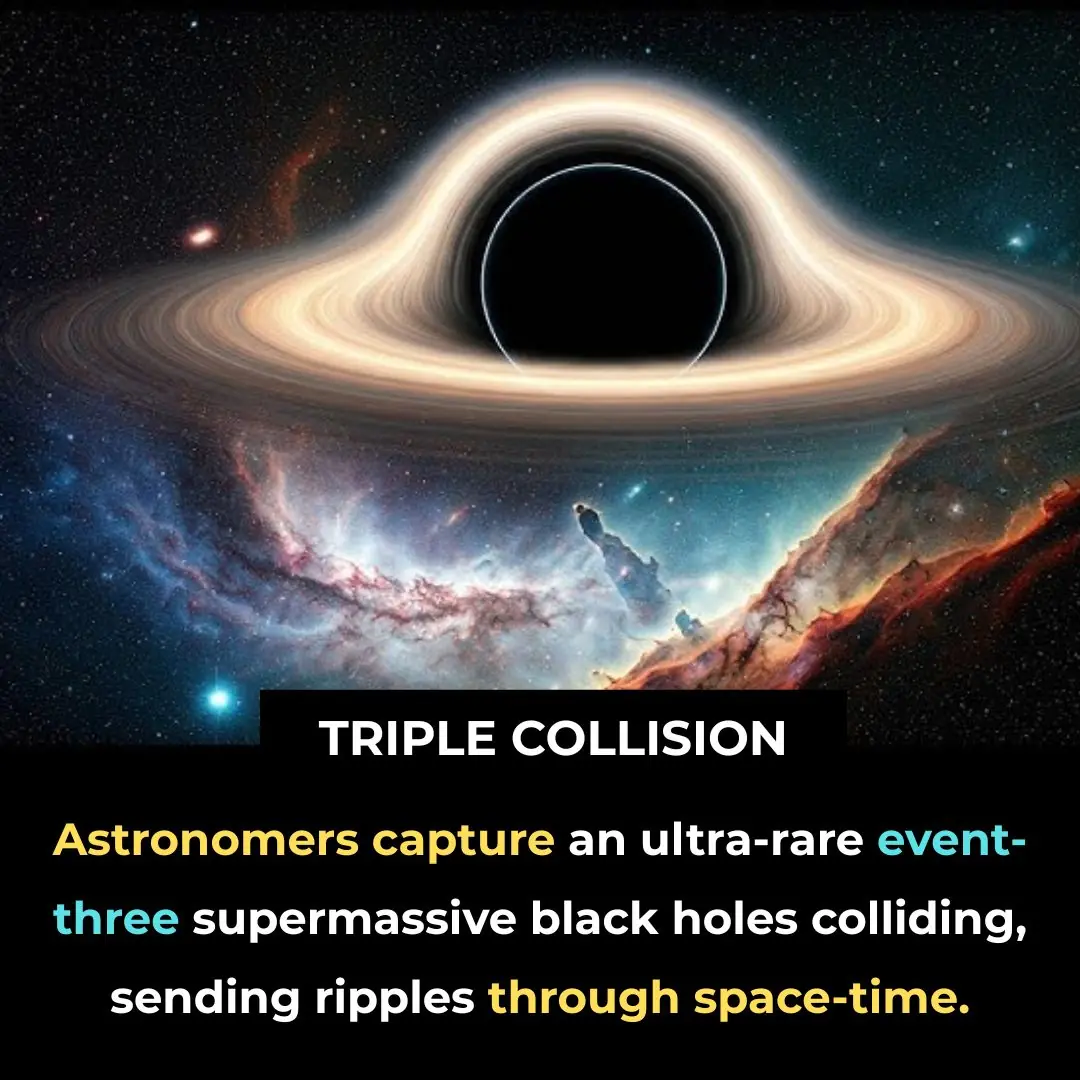
Universe Shaken: Rare Triple Black Hole Merger Sends Ripples Through Space-Time

The Sun Isn’t Yellow—It’s Pure White

The Sun’s Power: Earth Lives on Just 0.000002%
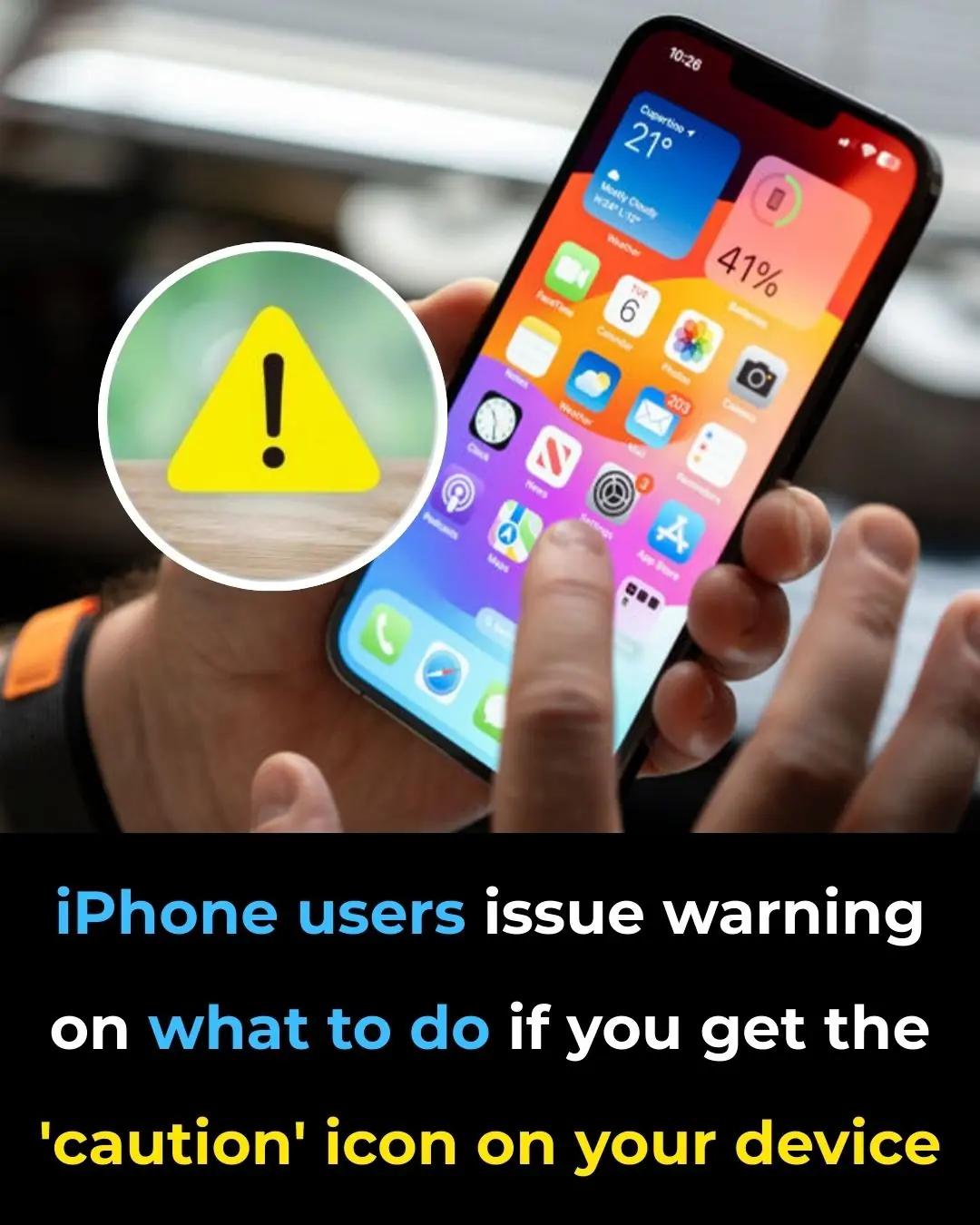
iPhone users issue warning on what to do if you get the 'caution' icon on your device

PlayStation 6 leak suggests release date could be much sooner than expected

Rolling Stone sues Google over AI summaries in landmark lawsuit

Tips to clean greasy, yellow pot lids without chemicals: Simple, effective, and time-saving

Clip a piece of paper in the refrigerator: Great use to save a lot of electricity

The effect of stewed chicken feet with black beans is as good as ginseng

Mosquitoes smell these 4 smells, 99% will turn around and run away, natural way to kill mosquitoes that many people don't know

Put ginger next to your pillow when sleeping: A simple secret for good health and sleep

It turns out that mosquitoes are most afraid of "it". Take this and stick it in a lemon and leave it in the corner of the house. The mosquitoes will go away and never come back.

Things People Do That Put Themselves Closer to a Stroke

6 types of fruit that help 'cleanse' the uterus, women in their 40s will see the difference immediately when they eat them

The Harmful Effects of Squatting Over a Toilet 🚽

Rare Body Features That Show Just How Incredible the Human Body Is

Chia seeds are as good as a 'miracle drug' but 5 groups of people need to be especially careful when using them to avoid bringing disaster upon themselves

Proven Health Benefits of Dates
